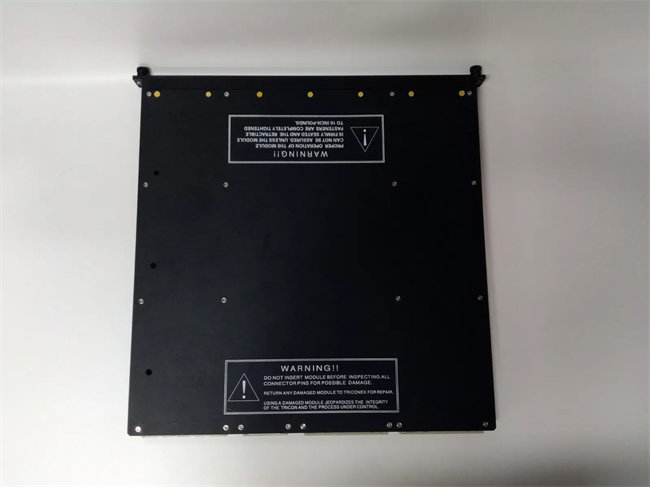The TRICONEX 3564 is a Single Digital Input Module designed for use within Honeywell’s (formerly Invensys) TRICONEX safety instrumented system (SIS). Here’s a breakdown of the information you can expect:
Product Name: TRICONEX 3564 Single Digital Input Module (24VDC)
Product Description: This module interfaces with digital input devices like limit switches, pressure switches, or emergency shutdown buttons used in safety-critical applications. The TRICONEX 3564 reads the on/off status of these devices and transmits the digital signals to the SIS for safety logic evaluation.
Function in a Safety Instrumented System (SIS):
- Safety Input Module: The TRICONEX 3564 gathers safety-critical data from discrete sensors, providing a single point of connection between these sensors and the SIS.
- Safety Logic Integration: The digital input signals from the TRICONEX 3564 are fed into the SIS’s logic solver. The SIS logic determines if the combination of these signals indicates a hazardous situation.
- Emergency Response: If a safety hazard is detected, the SIS can trigger safety actions (e.g., equipment shutdown, valve closure) through other modules to prevent accidents.
Product Parameters & Specifications:
Finding detailed specifications online might be difficult due to the safety-critical nature of the module. Safety system components are often restricted for authorized personnel only. Here’s a general idea of what to expect:
- Input Voltage: The module likely operates on a specific DC voltage level, typically 24VDC in industrial control systems.
- Number of Input Channels: The TRICONEX 3564 is a “Single” digital input module, indicating it has one channel for connecting a single digital input device.
- Input Characteristics: Specifications would include details on compatible voltage/current levels for connected sensors and signal isolation features to prevent electrical noise from affecting safety signals.
- Safety Certification: The TRICONEX 3564 would likely be certified for a specific Safety Integrity Level (SIL) as per international safety standards (e.g., IEC 61508). SIL indicates the probability of failure on demand, with higher levels signifying greater reliability for safety applications.








